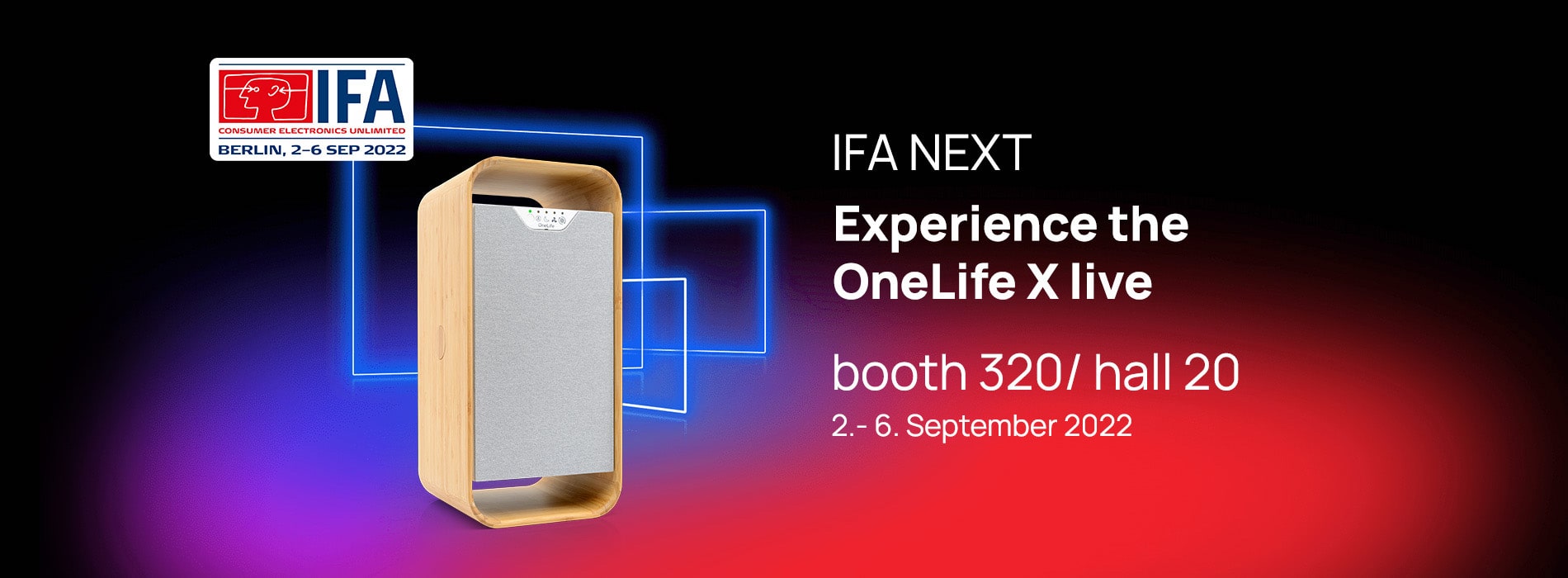In addition to droplets, Coronavirus can also spread through air transmission. These air particles are much lighter and do not sink to the ground as fast as the familiar droplets do, but they can float in the air and spread over a longer period of time. Although it is still unclear how many viruses can attach themselves to the individual particles, their lightness makes them buzz around in the air for so long that they almost inevitably have to be inhaled again. Researchers worldwide have found that despite all the safety measures taken by a single person in closed rooms, one person could infect others. Whether it’s a family celebration, church service, or working in closed spaces, it has become clear in Germany that the risk is significantly higher wherever individuals are coming together in closed spaces. This is why the 10-20 person limit was adopted.
In the scientific journal Clinical Infectious Diseases, more than 200 scientists appealed for more attention to be paid to aerosols spread. According to the researchers, these aerosols float across much greater distances than the 1.5 meters currently considered a safe distance. Now the focus must be placed much more firmly on the containment of these aerosols. There is almost no danger of spreading outdoors, as the particles quickly thin out in fresh air. However, since they are less diluted indoors, the virus can survive for several hours, which dramatically increases infection risk.
So what are our options to minimize the risk and avoid the virus? Another essential point to remove aerosols from the air is the regular exchange of air within the room. It is almost impossible in colder seasons to move activities outside because of the temperatures, so another solution is needed. Hygiene concepts that have already been introduced require that closed rooms in schools be ventilated every 20 minutes. But even here, the problem already exists that children start to freeze in classrooms with the relatively cold temperatures. CO2 traffic lights, which show the CO2 concentration in a room on a scale and indicate when the exhaled gas of the people exceeds a limit value and ventilation is required, is considered the control instrument highlighted so far. However, these traffic lights cannot measure the concentration of virus-containing air particles, so this method is more orientation than a solution. It is clear that in closed rooms, the risk of infection can be minimized by constant air exchange.
Then, how is this possible in the colder seasons without increasing the health risk at the same time? One solution could be to install ventilation systems in the individual rooms. These bring fresh air into the room, which dilutes and removes aerosols. An even better possibility would be to install mobile and highly technological air filtration systems that can filter even the smallest particles and thus guarantee pure, clean air. In the long term, these air filter systems can also keep the air in closed rooms clean of other harmful particles. It should be mentioned that besides viruses, there are many other fine dust particles in the air we breathe in and out that can affect our health. Even if the first thought that comes to mind when we hear the word fine dust is diesel cars, which emit harmful soot particles, the concentration of fine dust in your household is usually higher than outside your own four walls or in schools. The Society for Environmental and Indoor Environmental Analysis (GUI), for example, found that the concentration of particulate matter in one of three homes is over 50 micrograms per cubic meter of air. Outdoors, this value may be exceeded on 35 days throughout the year. This pollution is caused by the most commonplace things, such as cooking, printers, and children’s clothing. The smaller the dust particles are, the more dangerous they are, and the more likely they are to enter the human lungs and bloodstream.
In conclusion, it can be said that schools with their current hygiene concepts are not a guaranteed virus-free place that parents can send their children to without hesitation. Many methods do not include a solution. However, there is a method using high-tech air filters to filter all fine dust particles from a wide variety of premises to guarantee virus-free air. So it should be clear to everyone that our children’s health is worth it.





